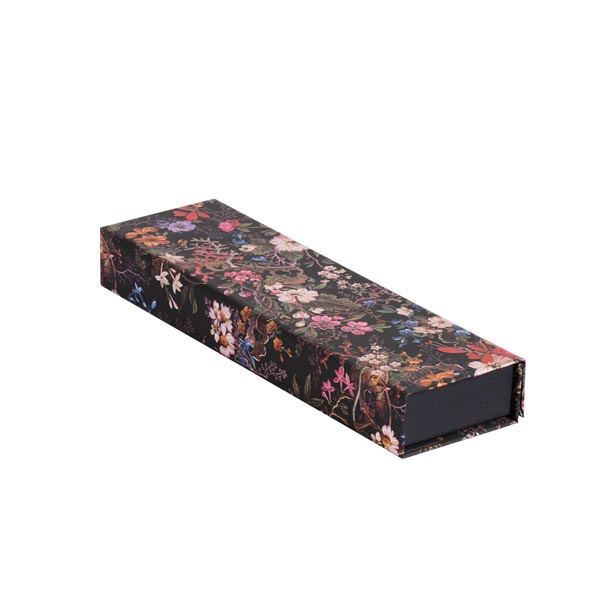
The eternal appeal of a classic floral design is captured in the work of Irish illustrator William Kilburn (1745–1818).
The world may not know his name, but we see his influence through modern wallpaper designs, the Arts & Crafts movement and the contemporary copyright laws that protect artists today..
It is our honour to bring this William Kilburn print back to life.
His designs continued to be imitated and he died bankrupt in 1818.
He became an activist for artists’ rights, going to court to protect copyright in the textile industry, paving the way for future textile artists to flourish.
Sadly, despite his best efforts, Kilburn was unsuccessful in stopping the pirates.
When he found that his work was being so widely replicated, Kilburn sought to protect his artistic intellectual property.
As his art became more popular it began to be knocked off by lesser artisans and mass production facilities.
Though this William Kilburn design is from the late 1700s, its appeal is timeless.
Like Morris, Kilburn and his work played a significant role in influencing the decorative artists who followed, even during his own lifetime.
Truly a celebration of florals, we’ve named this design after the ancient Roman Floralia festival, which honoured Flora, the goddess of flowering plants.
With winding twigs, colourful petals and whimsical blossoms, Kilburn’s unique ability to blend local flora with exotic plants is on full display in this design.
Kilburn’s sense of freedom and play is contrasted by Morris’ sharply stylized and closely repeated patterns.
Kilburn (1745–1818) was the artist behind the life-sized watercolours and signed etchings in William Curtis’ 18th-century book on botany Flora Londinensis and also a leading calico designer and printer in his own right.
Similar in style to the work of Arts & Crafts promoter William Morris, Kilburn’s patterns predate Morris’ by nearly a century.
With winding twigs and colourful petals set against an inky black background, this Floralia design is emblematic of Kilburn’s ability to blend local and exotic flora into a harmonious pattern.
The eternal appeal of a floral design is captured in the botanical art of Irish illustrator William Kilburn.
The eternal appeal of a classic floral design is captured in the work of Irish illustrator William Kilburn (1745–1818)
